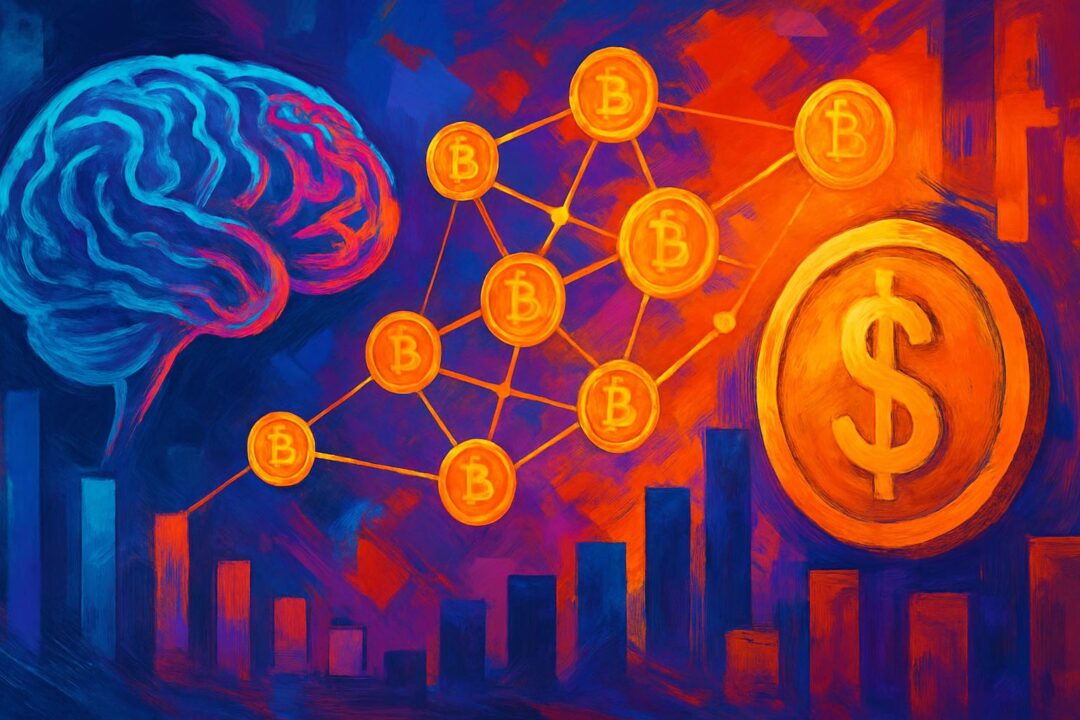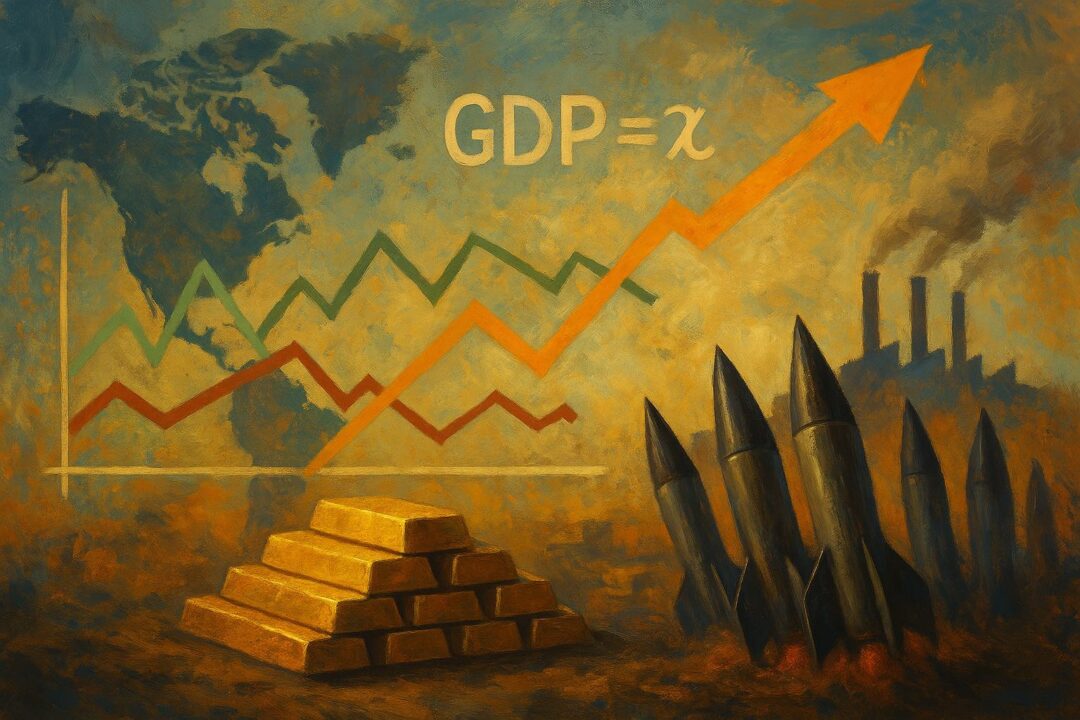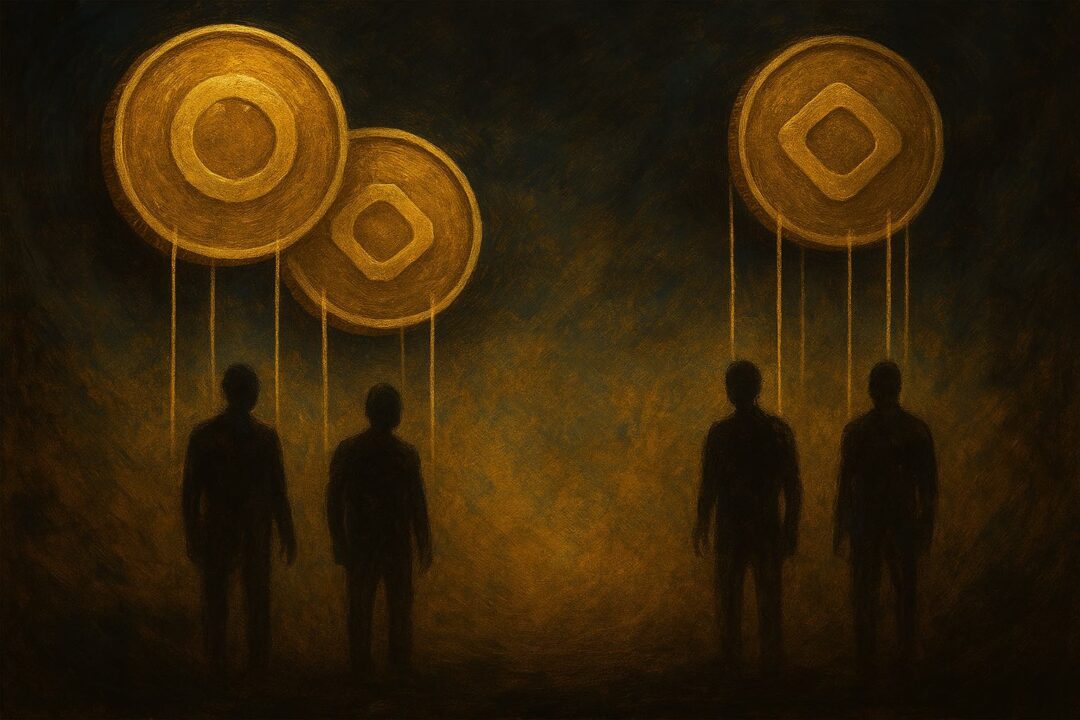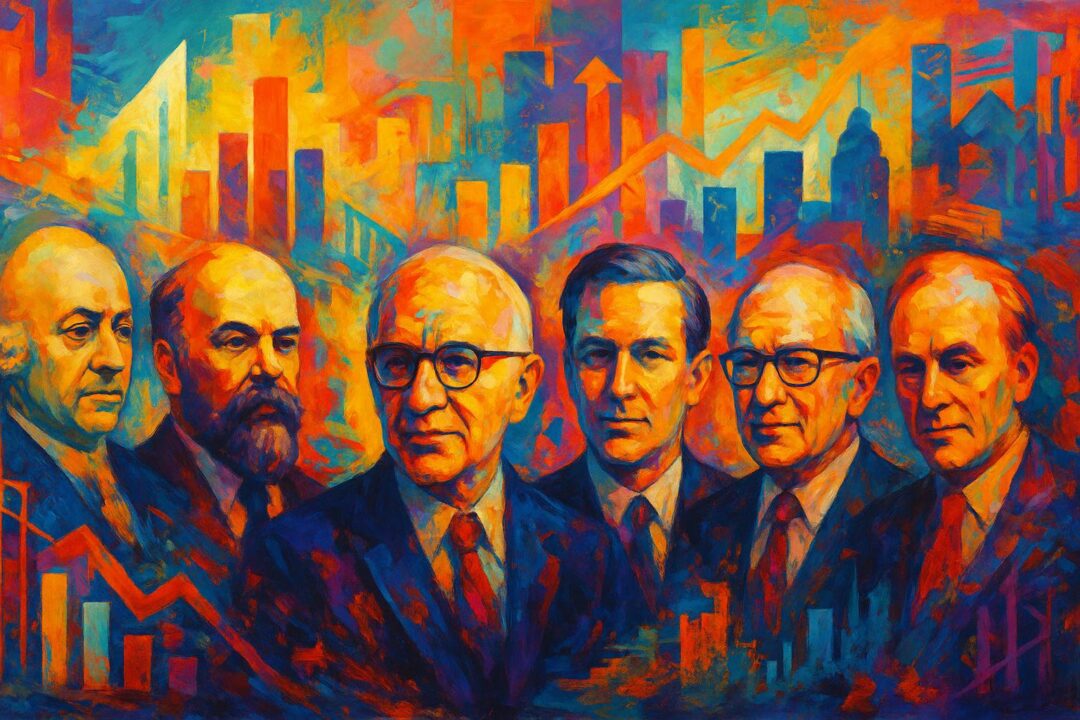The world is in the midst of a monetary revolution. As the traditional financial system frays at the edges, new forms of money are emerging with the promise to reshape the way we store, transfer, and ultimately trust value. At the center of this transformation is the explosive rise of US dollar stablecoins—digital tokens like USDC and USDT that mirror the value of the US dollar, yet offer the speed and borderless utility of digital finance.
These stablecoins are rapidly becoming the de facto global digital cash. They allow users to self-custody their dollars, transfer them instantly across borders, and bypass the complex, fee-ridden architecture of the legacy banking system. For much of the world, this is a financial lifeline: a way to escape failing currencies, capital controls, and untrustworthy governments. And because they’re dollar-denominated, they inherit the brand power of the world’s reserve currency—a currency that, for better or worse, still forms the backbone of the global economy.
The Hidden Costs of a Dollar-Dominated Digital Future
While dollar stablecoins represent a massive leap forward in terms of access and usability, they are not neutral. They are still tied directly to the US financial system, the Federal Reserve, and the inflationary risks that come with it. They may be digital in form, but they’re still fundamentally fiat in substance.
These tokens can be printed at will (or rather, minted upon demand, backed by dollar deposits), and because the US controls the monetary policy underpinning them, it means the rest of the world must passively absorb American inflation. As the US expands its money supply, dollar stablecoins effectively act as transmission mechanisms, exporting that inflation globally.
Meanwhile, the central banks of other nations are panicking. Europe, China, and others are rushing to develop Central Bank Digital Currencies (CBDCs), hoping to retain some control over their monetary sovereignty. But CBDCs are fraught with their own issues: they are centrally controlled, programmable, and potentially coercive. In many democratic societies, people are already deeply skeptical, even repulsed, by the idea of governments having direct insight into—and potential control over—every transaction.
The Case for Digital Gold
Amidst the scramble for digital monetary dominance, one ancient asset stands quietly in the background, waiting to be rediscovered in a modern form: gold.
Gold has historically been the ultimate store of value. It is finite, durable, universally recognized, and politically neutral. For millennia, it served as the foundation for global monetary systems, from the Roman Empire to the classical gold standard of the 19th century. Its only weakness has been its physicality: heavy to transport, difficult to divide, and slow to settle across borders.
But what happens when gold becomes digital?
Tokenized gold—digital tokens backed by real physical gold held in vaults—offers a powerful synthesis of old and new. It combines the permanence and scarcity of gold with the speed and programmability of modern financial systems. It creates a form of money that is finite, trust-minimized, and globally transferable.
If done correctly, digital gold could become the ultimate monetary layer: a neutral, hard-money asset that can move as easily as any stablecoin, yet without the inflationary baggage or geopolitical strings attached.
The Challenges to Overcome
Of course, tokenized gold is not without its issues. Most of today’s offerings rely on centralized custodians who promise that each token is backed 1:1 by physical gold. But these promises require trust—and history has shown that such trust is often broken when it matters most. There is always the risk of rehypothecation, restricted redemptions, or outright confiscation.
Moreover, if digital gold can be frozen or blacklisted by the issuer, then it’s no better than a CBDC with a shiny marketing pitch. True sovereignty requires the ability to hold and transfer value without permission.
That said, even with these limitations, digital gold still has immense potential if used wisely. It doesn’t need to be perfect; it just needs to be useful, accessible, and liquid. People can use it as a bridge asset—a fast, digital method of value transfer—and then redeem it for physical gold when trust in the digital layer breaks down.
A Hybrid Future: Digital Tools, Tangible Wealth
The real power lies in combining layers:
- Dollar stablecoins for spending, trading, and day-to-day liquidity.
- Tokenized gold for wealth preservation and value transfer.
- Physical gold for ultimate sovereignty and long-term savings.
In this model, tokenized gold acts like a financial VPN: letting people route around unstable fiat regimes, inflationary currencies, and authoritarian financial systems. It becomes the bridge between the fast and the final.
We may not return to a literal gold standard enforced by governments. But we may well see a market-driven gold standard emerge—one in which people voluntarily choose to move their wealth into digital representations of gold because they offer the best mix of security, neutrality, and utility.
The Endgame
The endgame of money may not be a winner-takes-all stablecoin, nor a dystopian CBDC panopticon. Instead, it may be a reversion to something ancient, timeless, and proven—but reborn in a digital form that fits the 21st century.
Digital gold has the potential to be the foundation upon which a more balanced and resilient global monetary system is built. Not because governments impose it, but because people choose it.
In the age of infinite fiat and programmable currency, scarcity and neutrality will once again matter. And in that world, gold—real, tangible, finite gold—may shine brighter than ever before.
Especially when it can move at the speed of light.
Discover more from Brin Wilson...
Subscribe to get the latest posts sent to your email.



